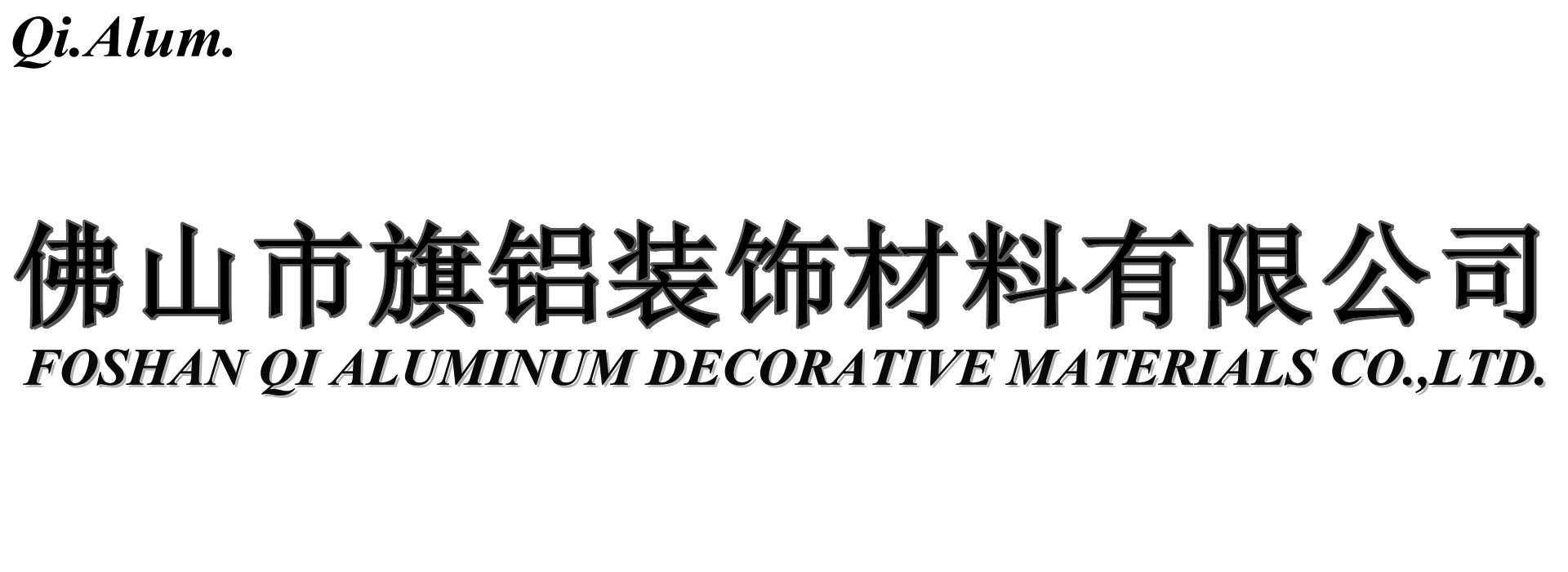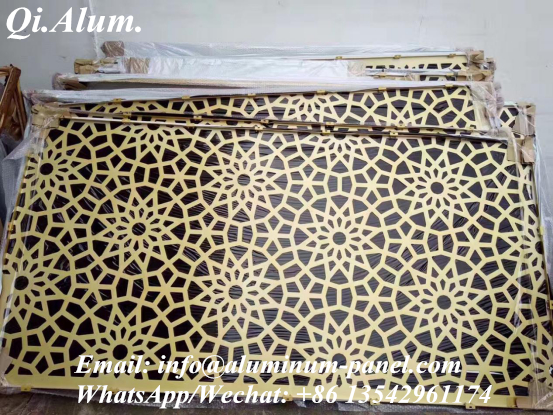Patterned aluminum plate is a more important non-slip aluminum plate. At present, there are many types of pattern aluminum plates on the market, which is difficult to select. The manufacturers of pattern aluminum plates are also of different sizes and uneven. So, how should the quality of the patterned aluminum plate be identified? What are the standards for high-quality pattern aluminum plates? Today, we will analyze several methods for identifying high-quality tread plates.
From the outside, the thickness of the pattern aluminum plate is different, the pattern is different, and there are many manufacturers that can be selected. However, as long as you grasp the following principles, you can purchase a reliable quality tread plate.
First, we must look at the color of the pattern aluminum plate. Although the external color is visible to the naked eye, the color of the product is closely related to its production process and quality control. If the color of the product is bright and the gloss is high, then it is generally better than the product with poor color; secondly, the pattern aluminum plate with uniform thickness should be selected, because some small manufacturers have limited technology and process, and the thickness of the product It is difficult to ensure uniformity and uniformity. Therefore, the thickness is also an important factor to test the quality of the tread plate; later, it is the casting process of the patterned aluminum plate. In general, professional pattern aluminum plate manufacturers will adopt an integrated molding process to improve the yield and reduce the production cost while superior performance of the packaged products.
On the whole, as long as you pay attention to the above three points when purchasing the pattern aluminum plate, you can basically guarantee the purchase of reliable quality products. If it is to carry out long-term large-scale procurement, it is recommended to go to the manufacturer for on-the-spot inspection to determine the basic performance and quality of its products, and then carry out large-scale procurement.




